The exhibition introduces documents and images of 25 historical and cultural relics, revolutionary relics and event memorial sites of Hanoi, contributing to paying tribute to the heroic sacrifices of generations of cadres, soldiers and people who fought for the independence and freedom of the nation and built Hanoi - "Heroic Capital", "City for Peace ".
At the exhibition, the public can enjoy images and documents about the Exhibition Area, House No. 90 Tho Nhuom Street, House No. 5D Ham Long Street, Indochina Bank Hanoi Branch, Bac Bo Palace, Lang Fort, Trung Gia Military Conference Relic, Hanoi Flag Tower, Hanoi Railway Station, Long Bien Bridge...
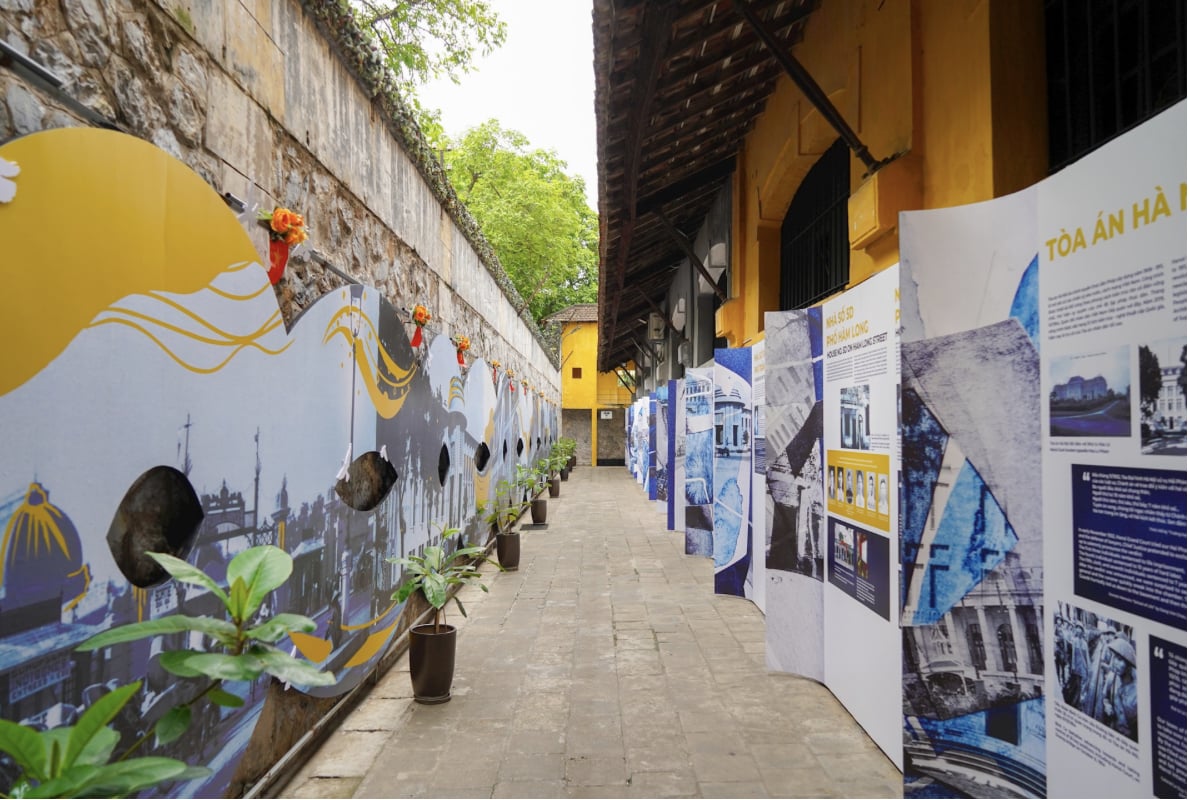
The exhibition introduces documents and images of 25 historical and cultural relics, revolutionary resistance relics and event memorial sites of Hanoi .
The Exhibition Area was built by the French colonial government in 1899 - 1902 on Gambetta Avenue (now Tran Hung Dao Street), as an exhibition and fair venue displaying products from Vietnam, France and many countries around the world. Later, this place was used as the French Museum of Agriculture, Commerce and Industry, the Japanese military barracks, the People's Theater and converted into the Vietnam - Soviet Union Friendship Labor Cultural Palace.
House No. 90 Jean Soler Street (now Tho Nhuom Street) was the workplace of the Provisional Party Central Committee, where comrade Tran Phu wrote the draft of the Party's Political Platform in 1930. This is currently the place to display documents and artifacts related to comrade Tran Phu and is the headquarters of the Hanoi Monuments and Landscapes Management Board.
House number 5D Doudart de Lagrée Avenue (now Ham Long Street) is where the first Communist Party cell in Vietnam was established in March 1929. Currently, this is the place to display documents and artifacts associated with the birth of the first Communist Party cell.
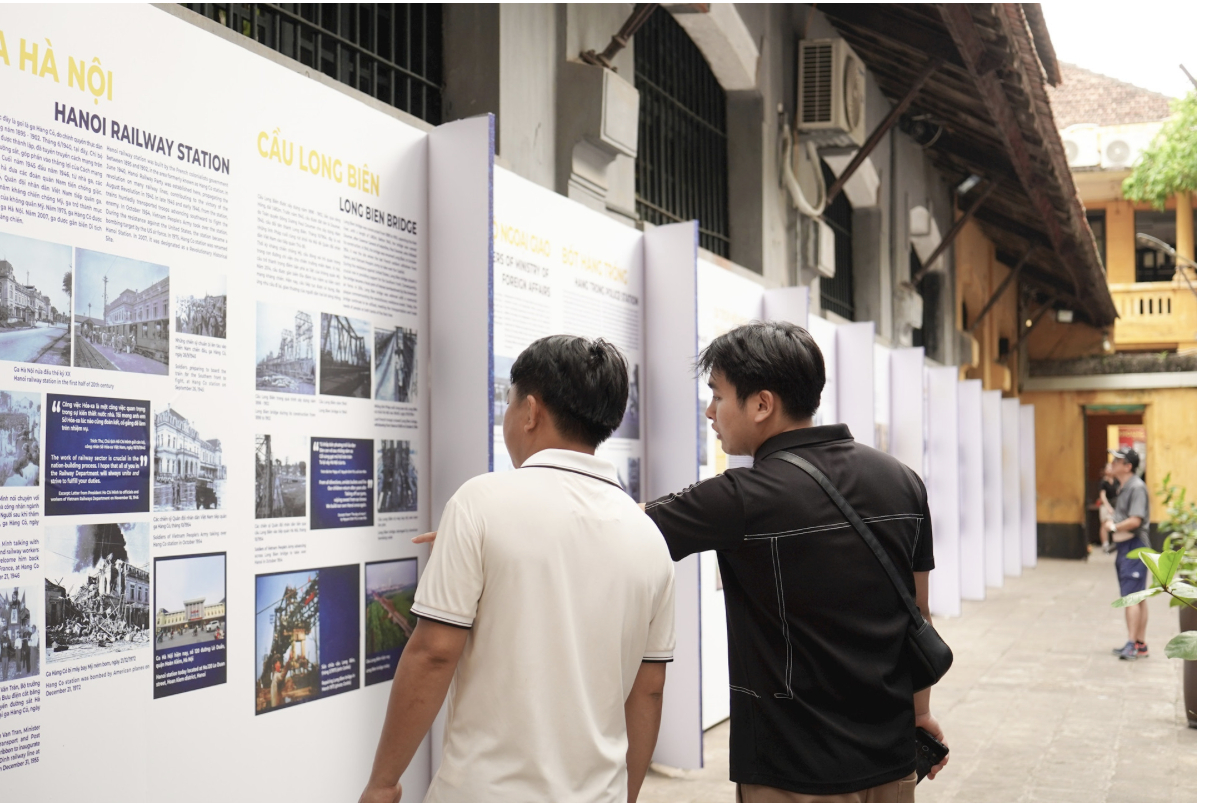
Visitors explore the exhibition space at Hoa Lo Prison.
The Tonkin Palace was formerly the Governor's Palace of Tonkin built by the French colonial government. After the coup against the French colonial government (March 9, 1945), the Japanese fascists changed its name to the Imperial Envoy's Palace of Tonkin. On August 20, 1945, the building was renamed the Tonkin Palace, the residence and workplace of President Ho Chi Minh, now the Government Guest House.
The design of the exhibition “A glimpse of heritage” has a harmonious combination of two main colors: blue and yellow. Blue symbolizes the present, hope, creativity; yellow symbolizes the past, history. The exhibition space is designed with soft, curving details, creating the image of a heritage road.
The exhibition "A Glimpse of Heritage" runs until September 15.
Vietnam - China - Photo: HL
Source: https://www.congluan.vn/kham-pha-lich-su-viet-nam-qua-trung-bay-mot-thoang-di-san-tai-nha-tu-hoa-lo-post301909.html


![[Photo] General Secretary To Lam and National Assembly Chairman Tran Thanh Man attend the 80th Anniversary of the Traditional Day of the Vietnamese Inspection Sector](https://vphoto.vietnam.vn/thumb/1200x675/vietnam/resource/IMAGE/2025/11/17/1763356362984_a2-bnd-7940-3561-jpg.webp)



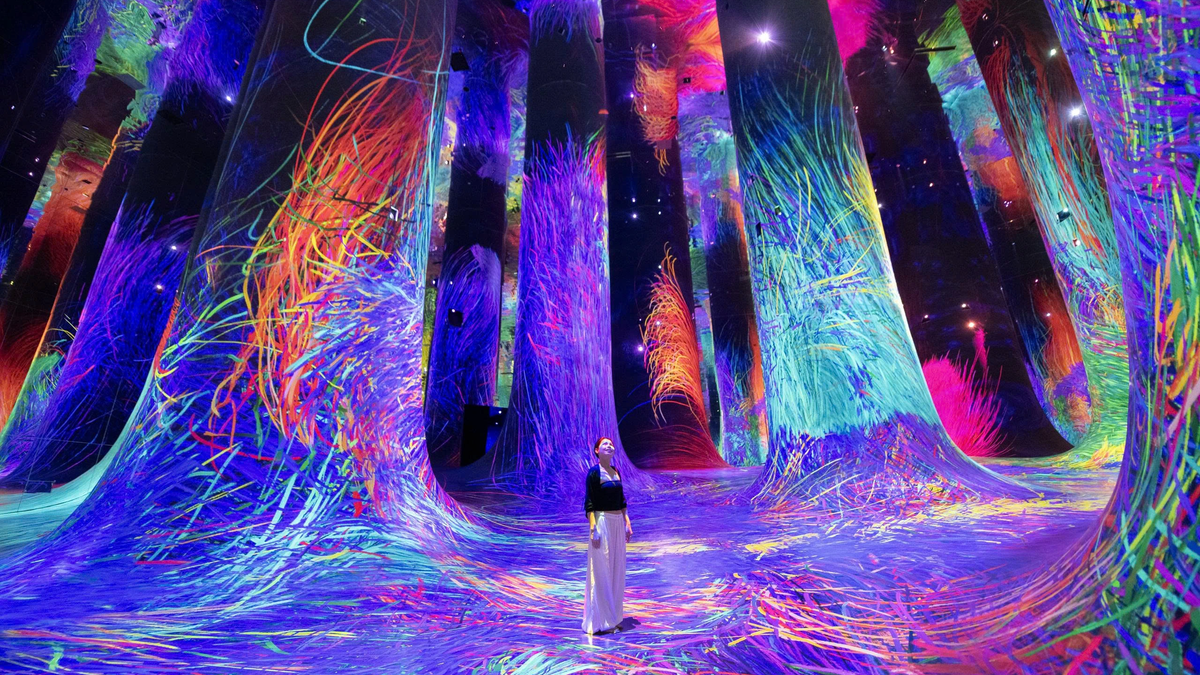



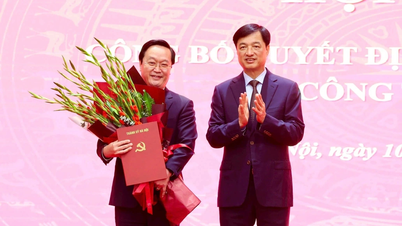



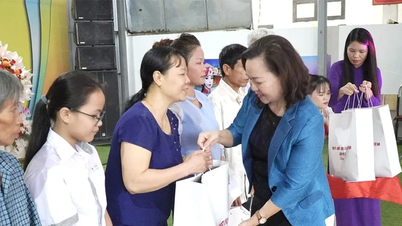

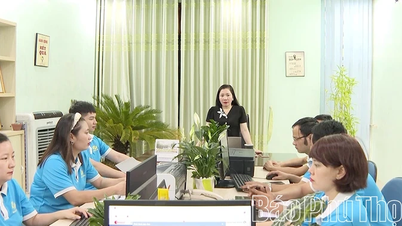


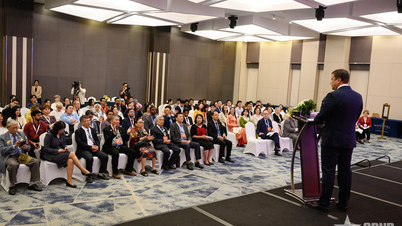

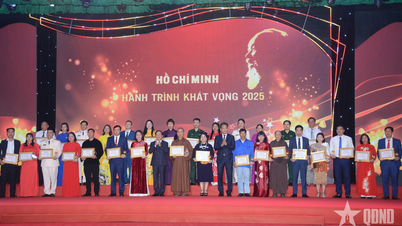
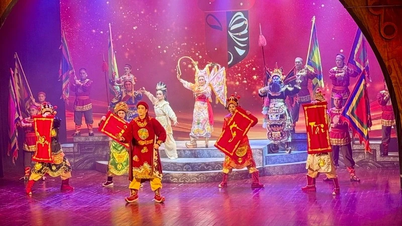











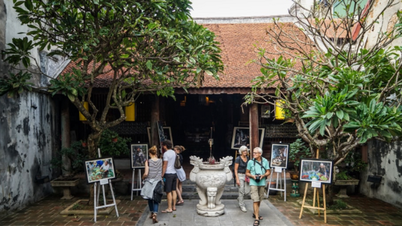
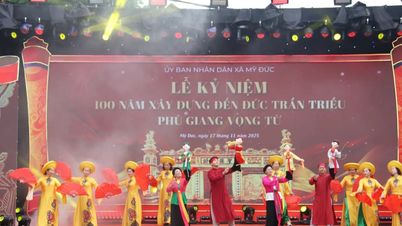


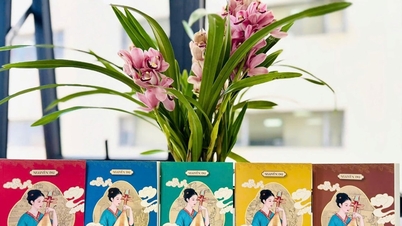

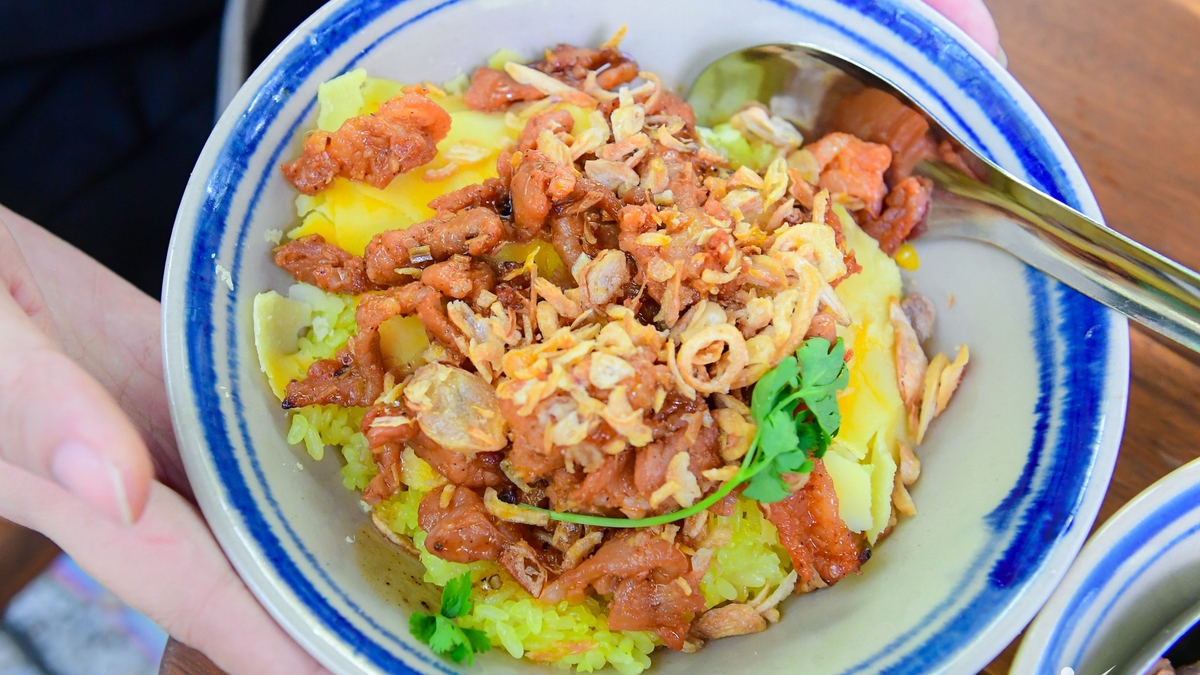
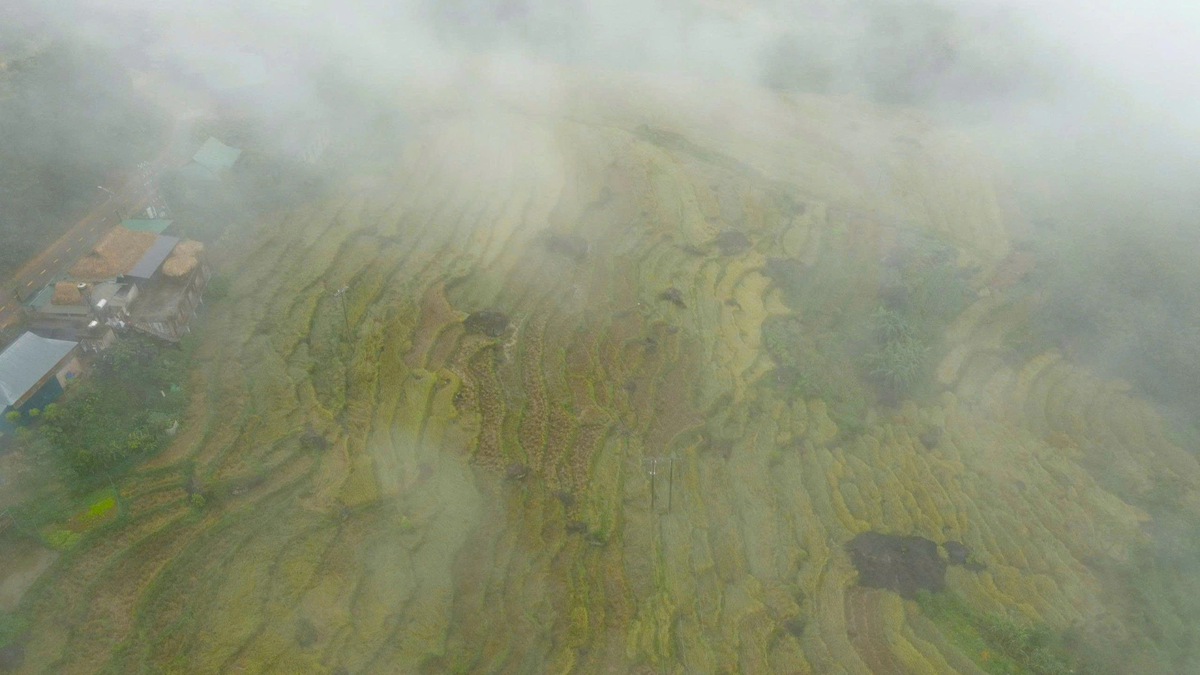
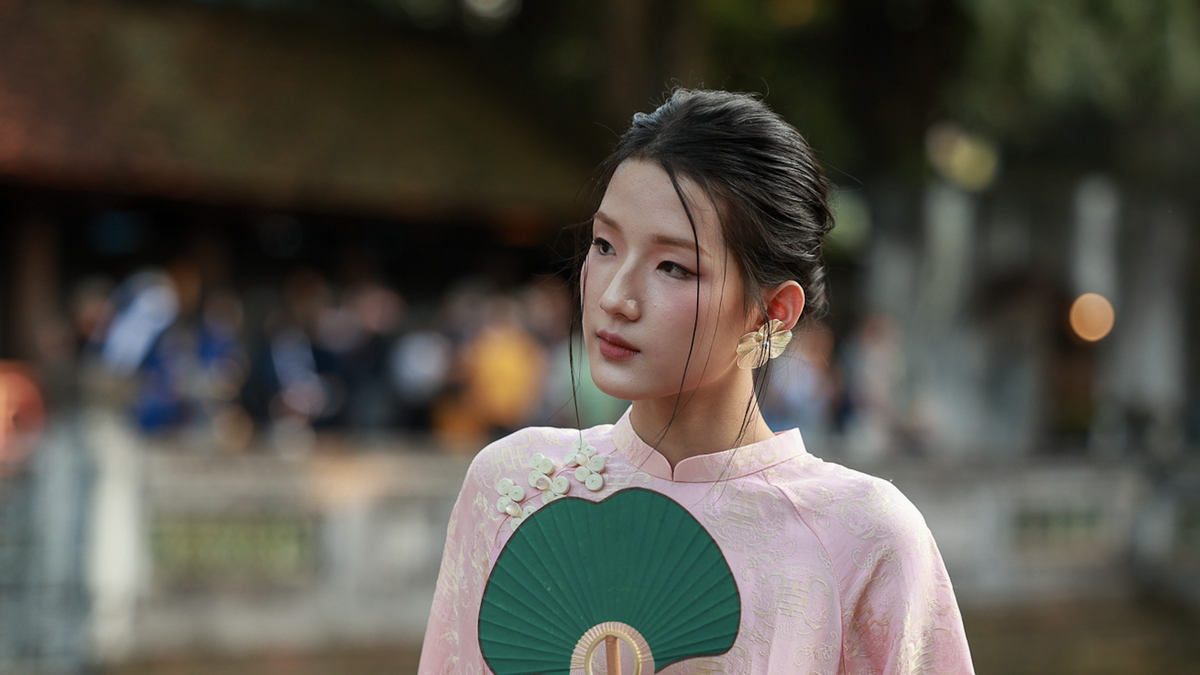
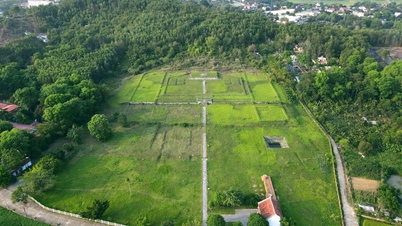


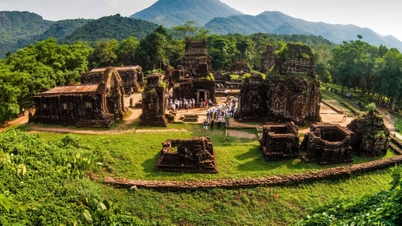



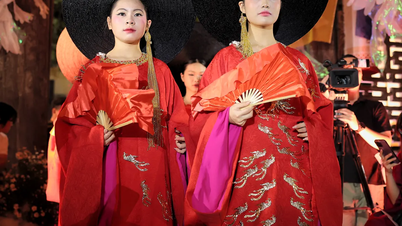

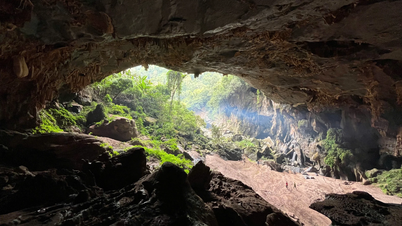

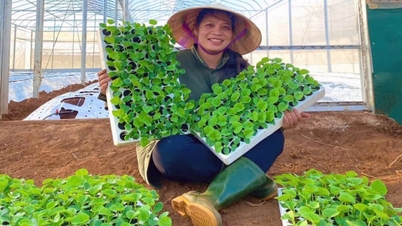

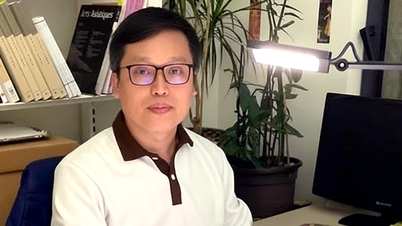



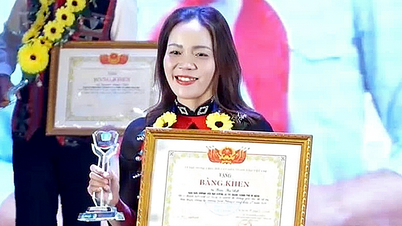












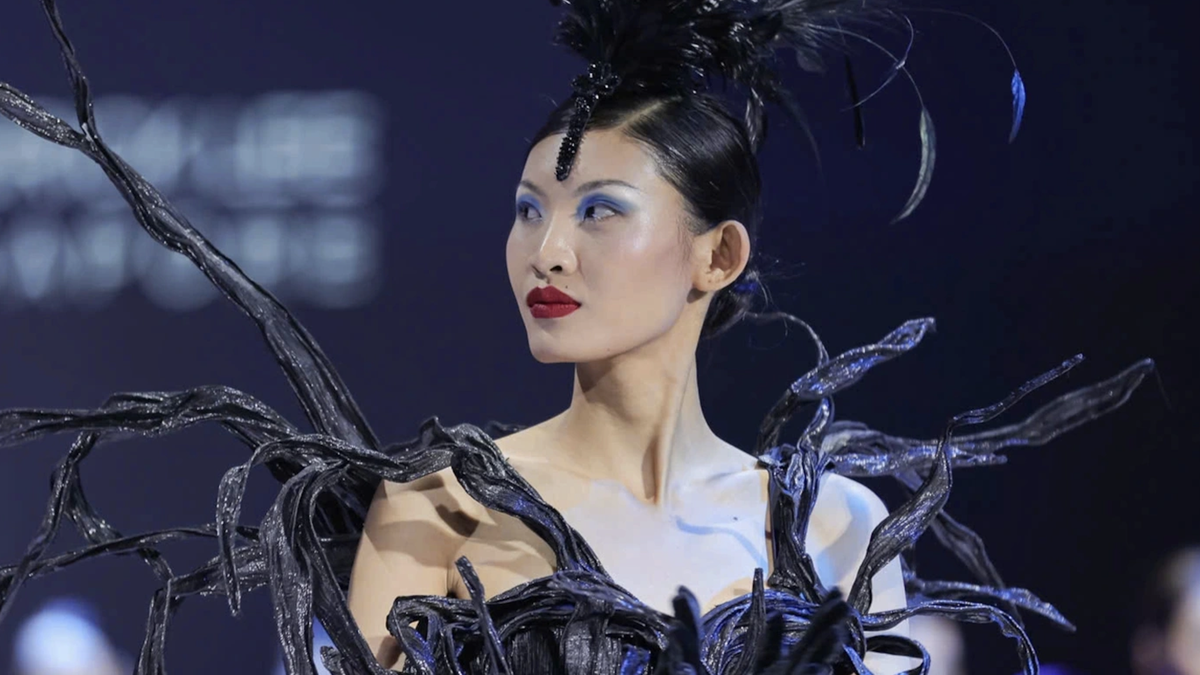










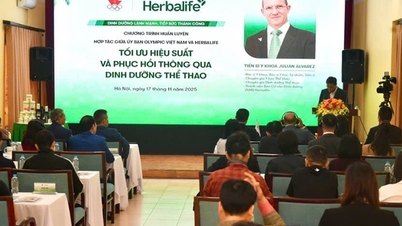


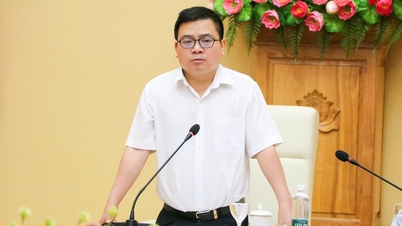



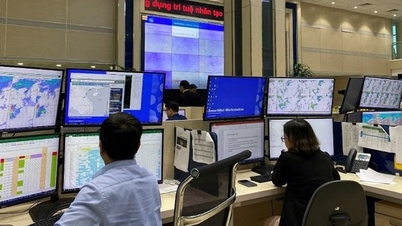

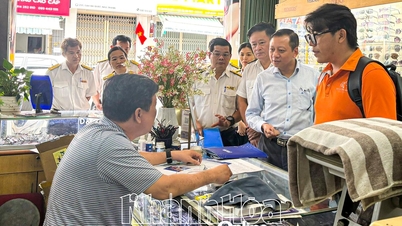


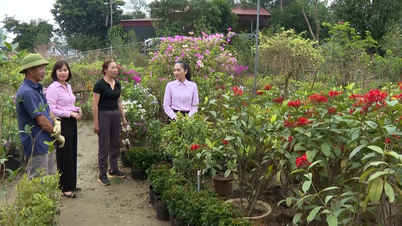




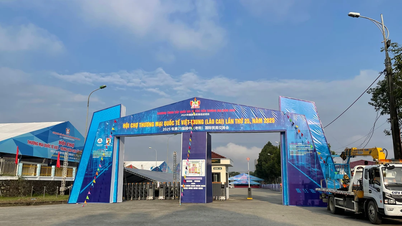
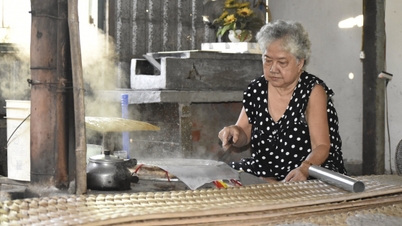

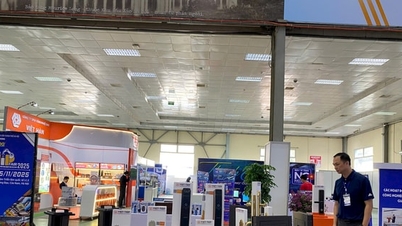
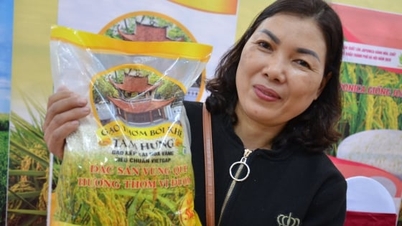

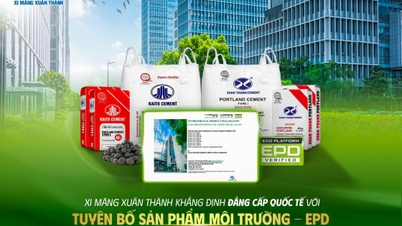
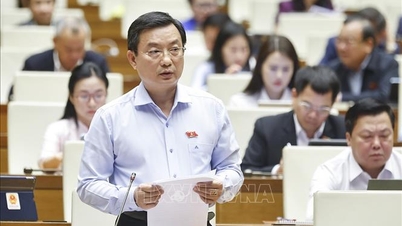


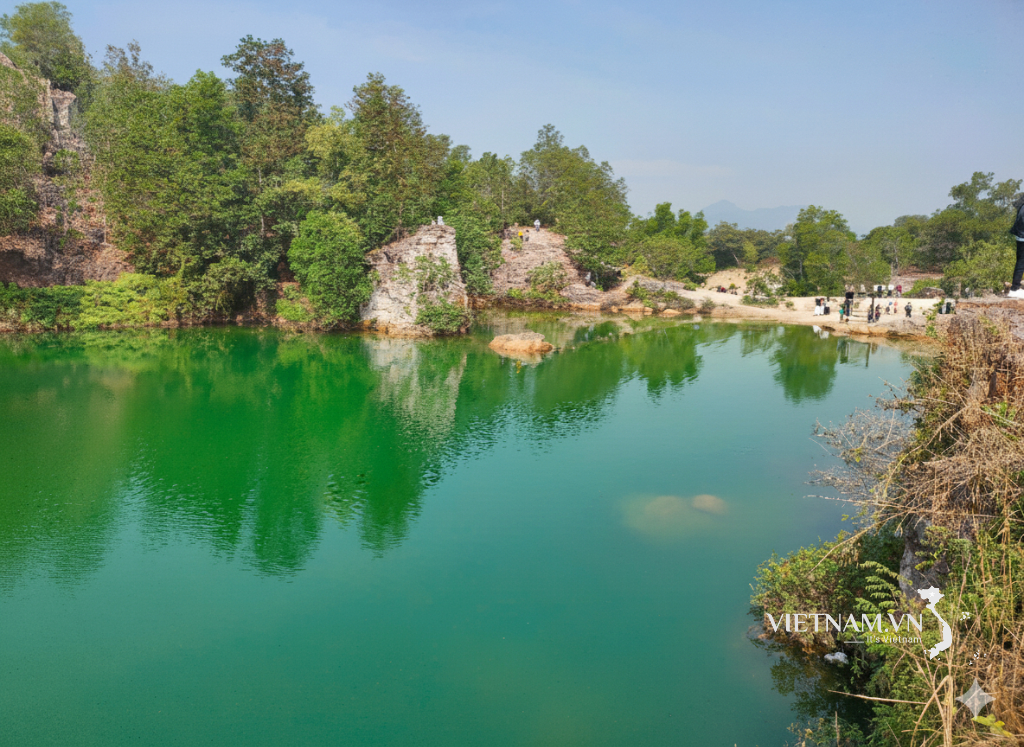

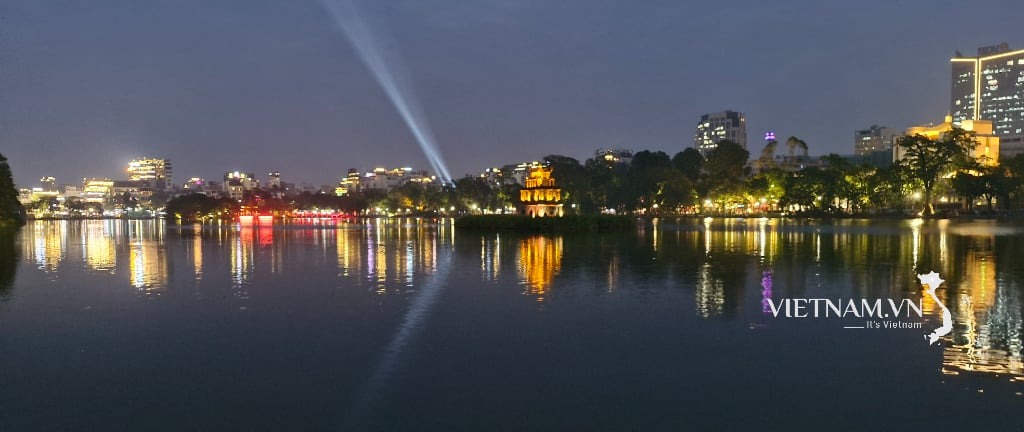

Comment (0)